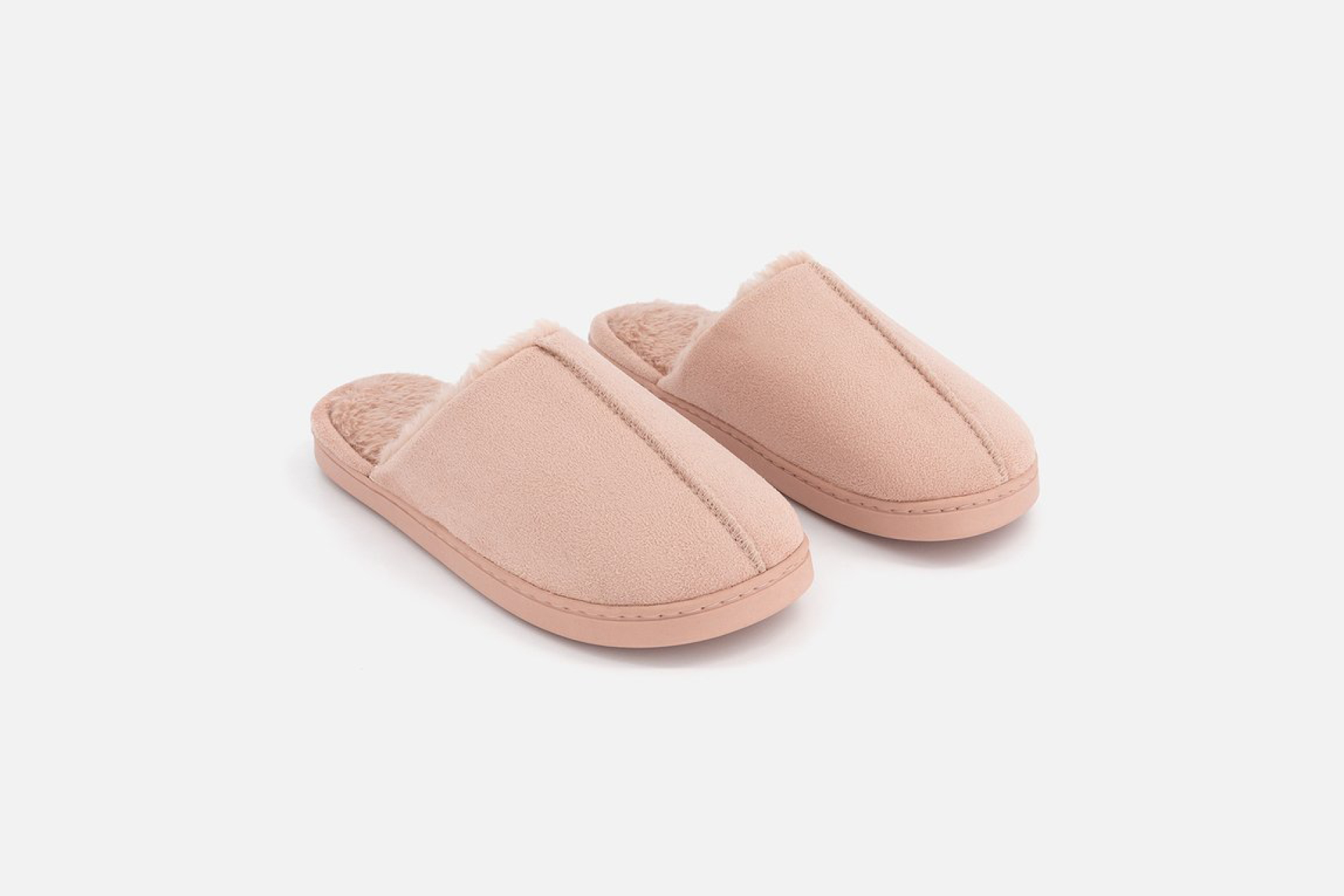Journal
Event
Work: in progress
‘Trends in the Future of Work’, from WeWork

Think back to 2019. Who works in the same patterns and places today, as they did then? For many of us, work has changed more in the last couple of years than in all of our careers, particularly in how we’re now collaborating with colleagues and customers. To help us understand what might be ahead, Balder Tol – General Manager, Australia and Southeast Asia at WeWork, shared his perspective and insights on Trends in the Future of Work at a Committee for Economic Development of Australia (CEDA) event presented by Folk last week in Sydney.
Balder’s role at WeWork (more than 40 countries and 700 locations) and what he sees through that means he’s well positioned to speak on our pandemic disrupted, hybridised workplaces, the factors at play and what might be ahead. A little while back Balder wrote a now widely quoted essay for the Australian Design Centre titled “Four Trends in the Future of Work”.
In his CEDA talk Balder highlighted the gap in expectations between employers asking their people to come in to work and employees desire for flexibility. He spoke about the need for employers to make their workplace “Commute-worthy”, by investing in things that earn the commuting effort by their people.
For a sense of what these investments might be a survey conducted by Swinburne University of Technology highlighted the top three reasons drawing Australians back into the office:
-
Better set up for work - better stuff and environment
-
Collaborate in person, teamwork - dedicated space for working together
-
Relationships with colleagues - filling their social cup

Balder highlighted the fundamental shift in the purpose of the office, citing JLL research where 55% of organisations surveyed said that collaboration is now the primary purpose of their workplace. How thinking around employee experience has evolved; the increasing role of HR/People + Culture in decisions making about the working environment; and the increasing use of design professionals to design workplace experiences.
And in case you’re wondering here are the four top trends in 2023 that, while not revelatory, are likely to have a significant impact on the future of work, according to ChatGPT:
-
Remote work and distributed teams: The COVID-19 pandemic has accelerated the trend toward remote work and distributed teams, as companies have had to find new ways to collaborate and communicate across distances. With advances in technology and the rise of digital communication tools, remote work is becoming more common and accepted, and many companies are adopting hybrid models that combine remote and in-person work.
-
Automation and artificial intelligence: Automation and artificial intelligence (AI) are transforming many industries and are likely to have a significant impact on the future of work. While automation can help increase efficiency and productivity, it also raises concerns about job displacement and the need for reskilling and upskilling.
-
The gig economy: The gig economy, which refers to the trend of people working on short-term contracts or as independent contractors rather than as traditional employees, is growing rapidly. The rise of platforms like Uber, Lyft, and TaskRabbit has made it easier than ever for people to find work on a freelance basis, and many workers are attracted to the flexibility and autonomy that this type of work provides.
-
Focus on employee well-being: As the boundaries between work and personal life become more blurred, companies are placing a greater emphasis on employee well-being. This includes initiatives to support mental health, promote work-life balance, and create a positive and inclusive workplace culture. With the rise of remote work and the gig economy, companies are also focusing on ways to provide support and benefits to workers who may not have traditional employment arrangements.
For 2023, work continues as a work-in-progress. Let’s see where we are come 2024…